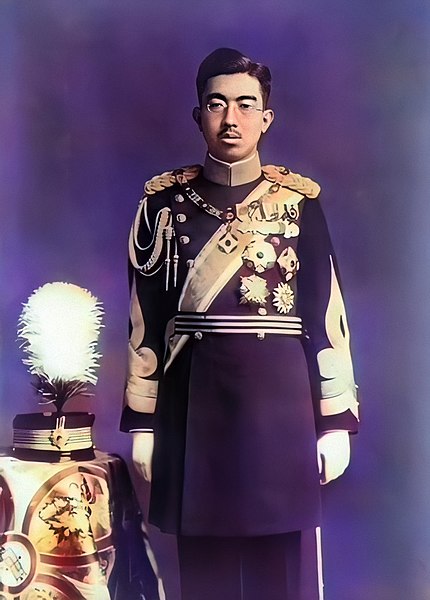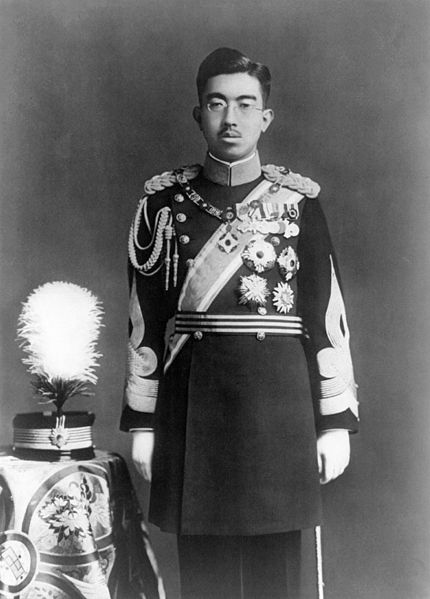
The Reign of Emperor Hirohito
 The reign of Emperor Hirohito marked a turning point in Japan’s monarchy. One poignant reason for this is the Emperor’s “renunciation of divinity.”
The reign of Emperor Hirohito marked a turning point in Japan’s monarchy. One poignant reason for this is the Emperor’s “renunciation of divinity.”
The Japanese constitution of 1889 explicitly stated that the Emperor has divine power over his country. This was derived from the Shinto belief that the Japanese Imperial Family’s lineage can be traced to the sun goddess Amaterasu.
Emperor Hirohito in dress uniform.
At the end of World War II, Emperor Hirohito rejected this claim in the Ningen-sengen (Humanity Declaration), an imperial rescript issued by the Emperor Hirohito himself, where he denied the concept of his being a living god. This led to the promulgation of the new Constitution where the Emperor is recognized as “the symbol of the State and of the unity of the people.” The Emperor’s title was altered from “imperial sovereign” to “constitutional monarch.”
Emperor Hirohito, “abundant benevolence,” (昭和天皇 Shōwa-tennō, 1901 – 1989), also known by his posthumous name Emperor Shōwa (corresponding to the era of his reign), reigned over Japan at a time when the country went through many historical changes. He was born in Aoyama Palace in Tokyo.
 Emperor Hirohito is the first son of Crown Prince Yoshihito and Crown Princess Sadako. His childhood title was Prince Michi. He was raised by Count Kawamura Sumiyoshi, a former vice-admiral, until his death, and the young prince, only three years old, was returned to court with his brother Chichibu.
Emperor Hirohito is the first son of Crown Prince Yoshihito and Crown Princess Sadako. His childhood title was Prince Michi. He was raised by Count Kawamura Sumiyoshi, a former vice-admiral, until his death, and the young prince, only three years old, was returned to court with his brother Chichibu.
Emperor Hirohito and General MacArthur, September27, 1945.
Prince Michi began elementary school at Gakushūin Peers’ School and then at a special institute for the crown prince (Tōgū-gogakumonsho). When his grandfather Emperor Meiji died on the 30th of July 1912, his father Yoshihito assumed the throne and Hirohito became heir apparent.
He was formally commissioned in both the army and the navy as a second lieutenant and ensign as well as being decorated with the Grand Cordon of the Order of the Chrysanthemum. 1914 saw Emperor Hirohito promoted to the ranks of lieutenant in the army and sub-lieutenant in the navy and to captain and lieutenant two years later.
He was formally proclaimed Crown Prince and heir apparent in the 2nd of November 1916. In 1921, Hirohito was already a Major in the army and a Lieutenant Commander in the Navy. He took a six-month tour of Europe and after his return to Japan, he became Regent of Japan on the 29th of November 1921 in place of his ailing father who suffered from mental illness.
Crown Prince Hirohito watching a boat race at Oxford University.
At the beginning of Emperor Hirohoto’s reign, Japan was already one of the world’s great powers, the ninth-largest economy, the third-largest naval power, and one of the four members of the council of the League of Nations. Hirohito was the head of state under the limitation of the Constitution of the Empire of Japan during the country’s imperial expansion, militarization, and involvement in World War II. Emperor Hirohito became the symbol of the new state and Japan’s recovery during post World War II period. By the end of his reign, Japan had emerged as the world’s second largest economy.
